I propose to find border points which exists on the border between white and dark pixels. After that we can digitize those points. To do that, we should define DELTA which specify which point we should skip and which we should add to result list.
DELTA = 3, Number of points = 223

DELTA = 5, Number of points = 136

DELTA = 10, Number of points = 70

Below, I have put source code, which prints image and looking for points. I hope, you will be able to read it and find a way to solve your problem.
import java.awt.Color;
import java.awt.Dimension;
import java.awt.Graphics;
import java.awt.Graphics2D;
import java.awt.Point;
import java.awt.image.BufferedImage;
import java.awt.image.DataBufferByte;
import java.io.File;
import java.io.IOException;
import java.util.ArrayList;
import java.util.Arrays;
import java.util.List;
import javax.imageio.ImageIO;
import javax.swing.JFrame;
import javax.swing.JPanel;
public class Program {
public static void main(String[] args) throws IOException {
BufferedImage image = ImageIO.read(new File("/home/michal/Desktop/FkXG1.png"));
PathFinder pathFinder = new PathFinder(10);
List<Point> borderPoints = pathFinder.findBorderPoints(image);
System.out.println(Arrays.toString(borderPoints.toArray()));
System.out.println(borderPoints.size());
JFrame frame = new JFrame();
frame.setDefaultCloseOperation(JFrame.EXIT_ON_CLOSE);
frame.getContentPane().add(new ImageBorderPanel(image, borderPoints));
frame.pack();
frame.setMinimumSize(new Dimension(image.getWidth(), image.getHeight()));
frame.setVisible(true);
}
}
class PathFinder {
private int maxDelta = 3;
public PathFinder(int delta) {
this.maxDelta = delta;
}
public List<Point> findBorderPoints(BufferedImage image) {
int width = image.getWidth();
int[][] imageInBytes = convertTo2DWithoutUsingGetRGB(image);
int[] borderPoints = findBorderPoints(width, imageInBytes);
List<Integer> indexes = dwindlePoints(width, borderPoints);
List<Point> points = new ArrayList<Point>(indexes.size());
for (Integer index : indexes) {
points.add(new Point(index, borderPoints[index]));
}
return points;
}
private List<Integer> dwindlePoints(int width, int[] borderPoints) {
List<Integer> indexes = new ArrayList<Integer>(width);
indexes.add(borderPoints[0]);
int delta = 0;
for (int index = 1; index < width; index++) {
delta += Math.abs(borderPoints[index - 1] - borderPoints[index]);
if (delta >= maxDelta) {
indexes.add(index);
delta = 0;
}
}
return indexes;
}
private int[] findBorderPoints(int width, int[][] imageInBytes) {
int[] borderPoints = new int[width];
int black = Color.BLACK.getRGB();
for (int y = 0; y < imageInBytes.length; y++) {
int maxX = imageInBytes[y].length;
for (int x = 0; x < maxX; x++) {
int color = imageInBytes[y][x];
if (color == black && borderPoints[x] == 0) {
borderPoints[x] = y;
}
}
}
return borderPoints;
}
private int[][] convertTo2DWithoutUsingGetRGB(BufferedImage image) {
final byte[] pixels = ((DataBufferByte) image.getRaster().getDataBuffer()).getData();
final int width = image.getWidth();
final int height = image.getHeight();
final boolean hasAlphaChannel = image.getAlphaRaster() != null;
int[][] result = new int[height][width];
if (hasAlphaChannel) {
final int pixelLength = 4;
for (int pixel = 0, row = 0, col = 0; pixel < pixels.length; pixel += pixelLength) {
int argb = 0;
argb += (((int) pixels[pixel] & 0xff) << 24); // alpha
argb += ((int) pixels[pixel + 1] & 0xff); // blue
argb += (((int) pixels[pixel + 2] & 0xff) << 8); // green
argb += (((int) pixels[pixel + 3] & 0xff) << 16); // red
result[row][col] = argb;
col++;
if (col == width) {
col = 0;
row++;
}
}
} else {
final int pixelLength = 3;
for (int pixel = 0, row = 0, col = 0; pixel < pixels.length; pixel += pixelLength) {
int argb = 0;
argb += -16777216; // 255 alpha
argb += ((int) pixels[pixel] & 0xff); // blue
argb += (((int) pixels[pixel + 1] & 0xff) << 8); // green
argb += (((int) pixels[pixel + 2] & 0xff) << 16); // red
result[row][col] = argb;
col++;
if (col == width) {
col = 0;
row++;
}
}
}
return result;
}
}
class ImageBorderPanel extends JPanel {
private static final long serialVersionUID = 1L;
private BufferedImage image;
private List<Point> borderPoints;
public ImageBorderPanel(BufferedImage image, List<Point> borderPoints) {
this.image = image;
this.borderPoints = borderPoints;
}
@Override
public void paintComponent(Graphics g) {
super.paintComponent(g);
g.drawImage(image, 0, 0, null);
Graphics2D graphics2d = (Graphics2D) g;
g.setColor(Color.YELLOW);
for (Point point : borderPoints) {
graphics2d.fillRect(point.x, point.y, 3, 3);
}
}
}
In my source code I have used example from this question:




